Affiliate links on Android Authority may earn us a commission. Learn more.
AirPlay not working? Here's how you can fix it
Published onDecember 21, 2022
AirPlay is the easiest way to share photos, audio, and video from one Apple device to another, with sharing possible between iPhones, Macs, Apple TVs, and other smart TVs and streaming devices. The feature got a huge upgrade with AirPlay 2 in 2018, which added support for multi-room audio, HomeKit integration, voice commands, and more. Many people don’t even realize they are using it because of how simple and easy to use it is. Until something goes wrong. Like any software feature, AirPlay isn’t immune to bugs and glitches. If your AirPlay is not working, here are a few troubleshooting steps you can try to fix it.
See also: How to use AirPlay on any Apple device
See if your Apple device supports AirPlay
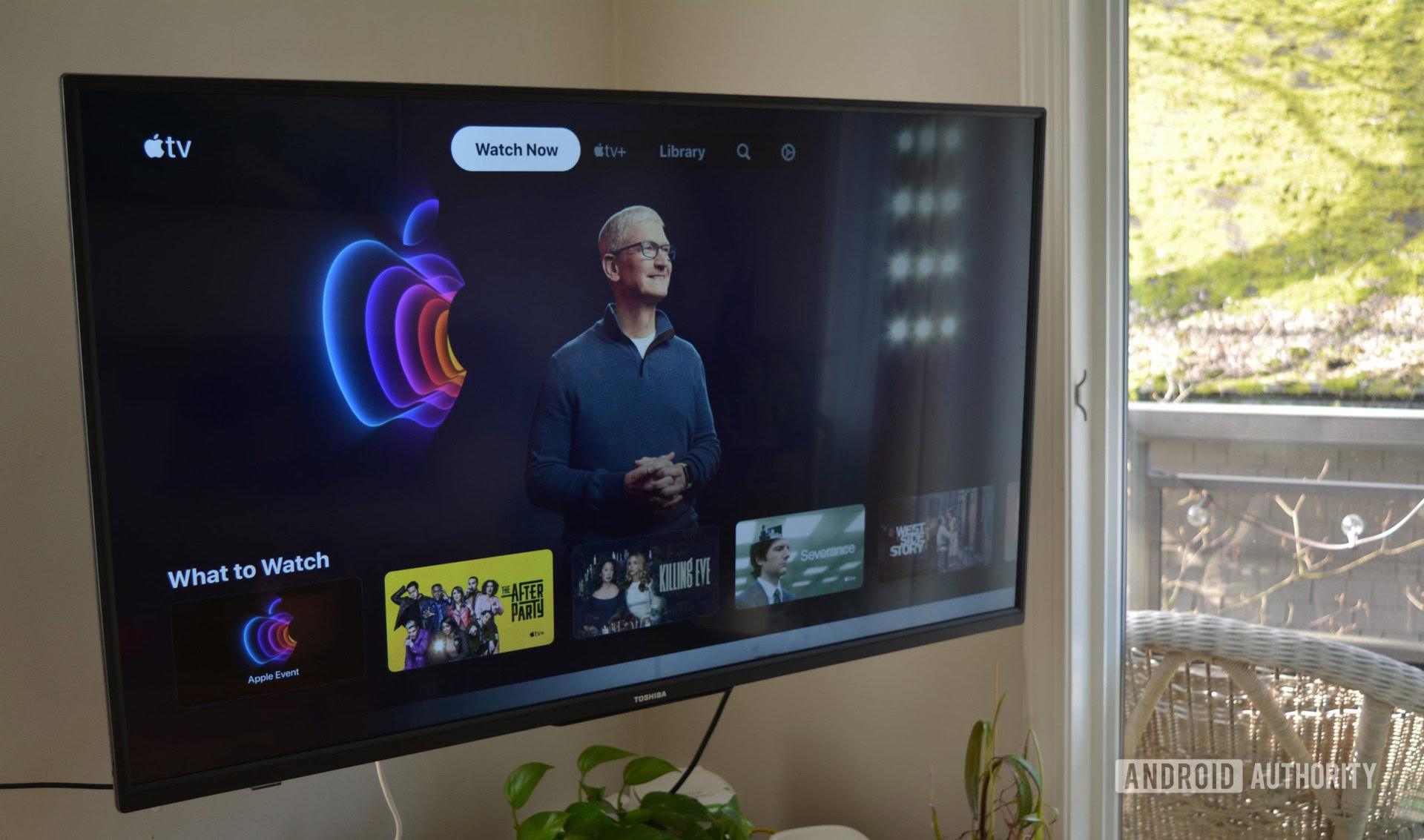
Before trying to fix AirPlay not working on your device, you should know whether the feature is available on your phone, computer, or TV. AirPlay 2, in particular, has specific requirements that your Apple product may not meet.
You can use AirPlay 2 to stream videos from any iPhone or iPad running iOS 12.3 or newer and any Mac with macOS Mojave 10.14.5 or later. Audio streaming has lower minimums and is available on iPhones and iPads with iOS 11.4 and Macs running macOS Catalina. You can also use AirPlay to stream audio from HomePods, Apple TV 4K and Apple TV HD (with tvOS 11.4 or newer), and PCs with iTunes 12.8 or later.
AirPlay 2 lets you stream audio, video, and other files to Apple TV 4K, Apple TV HD, the HomePod, and AirPlay 2-compatible smart TVs and third-party speakers with the “Works with AirPlay” label. The older version of AirPlay is more all-encompassing, so you should have access to some form of AirPlay on your device, even if it isn’t the latest version.
iPhone and Mac users cannot use AirPlay to stream content on Windows PCs and Android smartphones without relying on third-party screen mirroring apps.
Check your Wi-Fi connection and settings if AirPlay is not working
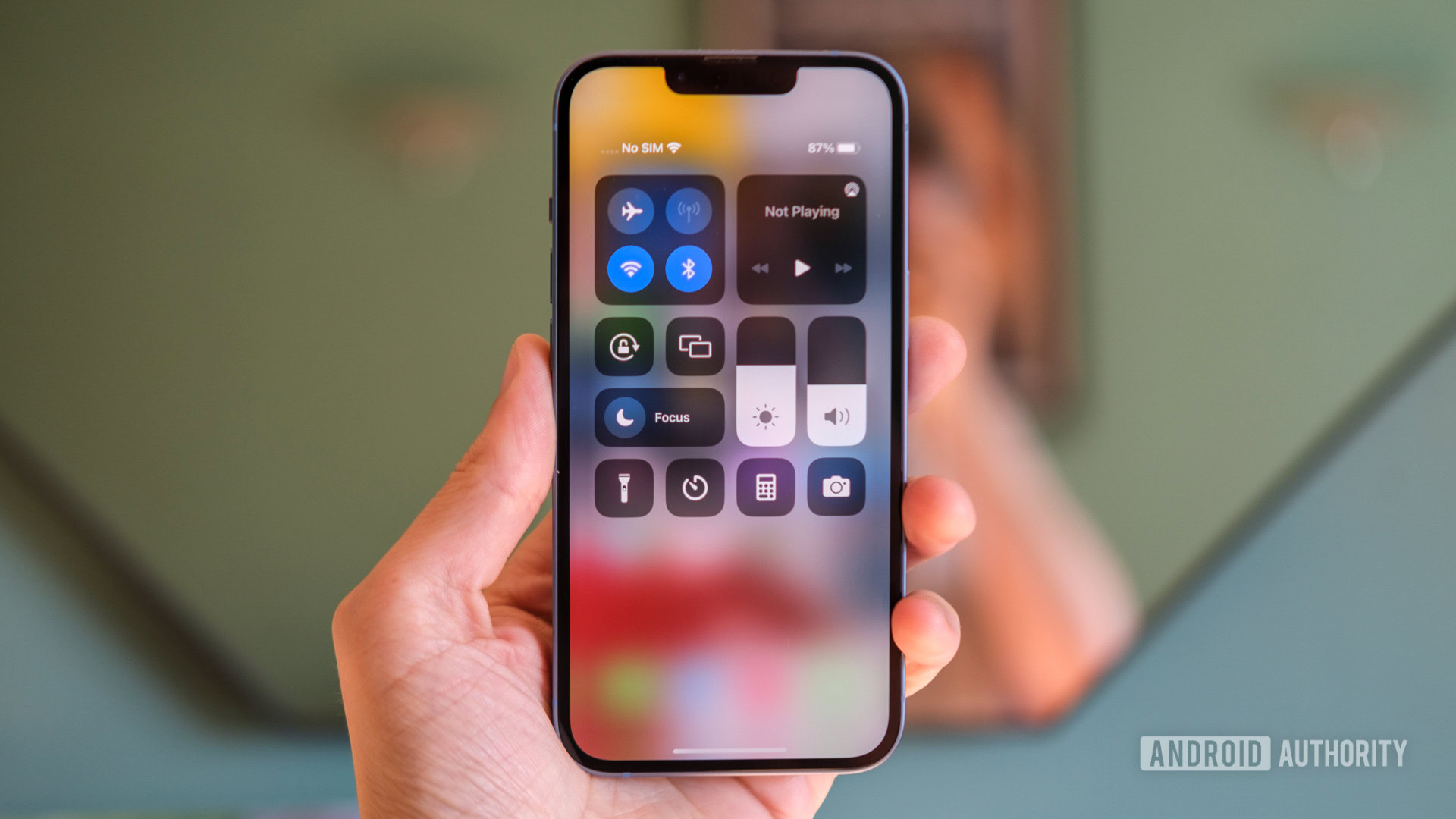
AirPlay uses Wi-Fi to stream content on other devices, so it may not work if you have Wi-Fi connection issues. Check out our guide on how to fix Wi-Fi problems if there are problems with your router or network. There could be problems with device settings, though.
First, ensure that Airplane Mode isn’t activated by mistake. Open the Control Center and disable Airplane Mode if it is enabled. You will have to check whether your iPhone or Mac and the device you are sending content to are on the same Wi-Fi network. If you have dual-band networks, keep in mind that some Smart TVs might only connect to the 2.4GHz network while your phone and computer are on 5GHz. Don’t forget also to disable any VPN services you might be using.
Check which network you are connected to by going to Settings > Wi-Fi (Settings > General > Wi-Fi on older devices) on an iPhone or iPad or by clicking the Wi-Fi icon on a Mac. You will find the network name on Apple TV and most smart TVs by going to Settings > Network.
If AirPlay isn’t working, try toggling Wi-Fi off and on all these devices. Remember that while your iPhone and iPad have a Wi-Fi toggle in the Control Center, this will only disconnect the connection to your router but continue to work for AirDrop, AirPlay, Instant Hotspot, and devices like the Apple Pencil and Apple Watch. You will have to go to the Settings menu to turn off Wi-Fi completely.
Adjust iPhone settings if AirPlay isn’t working
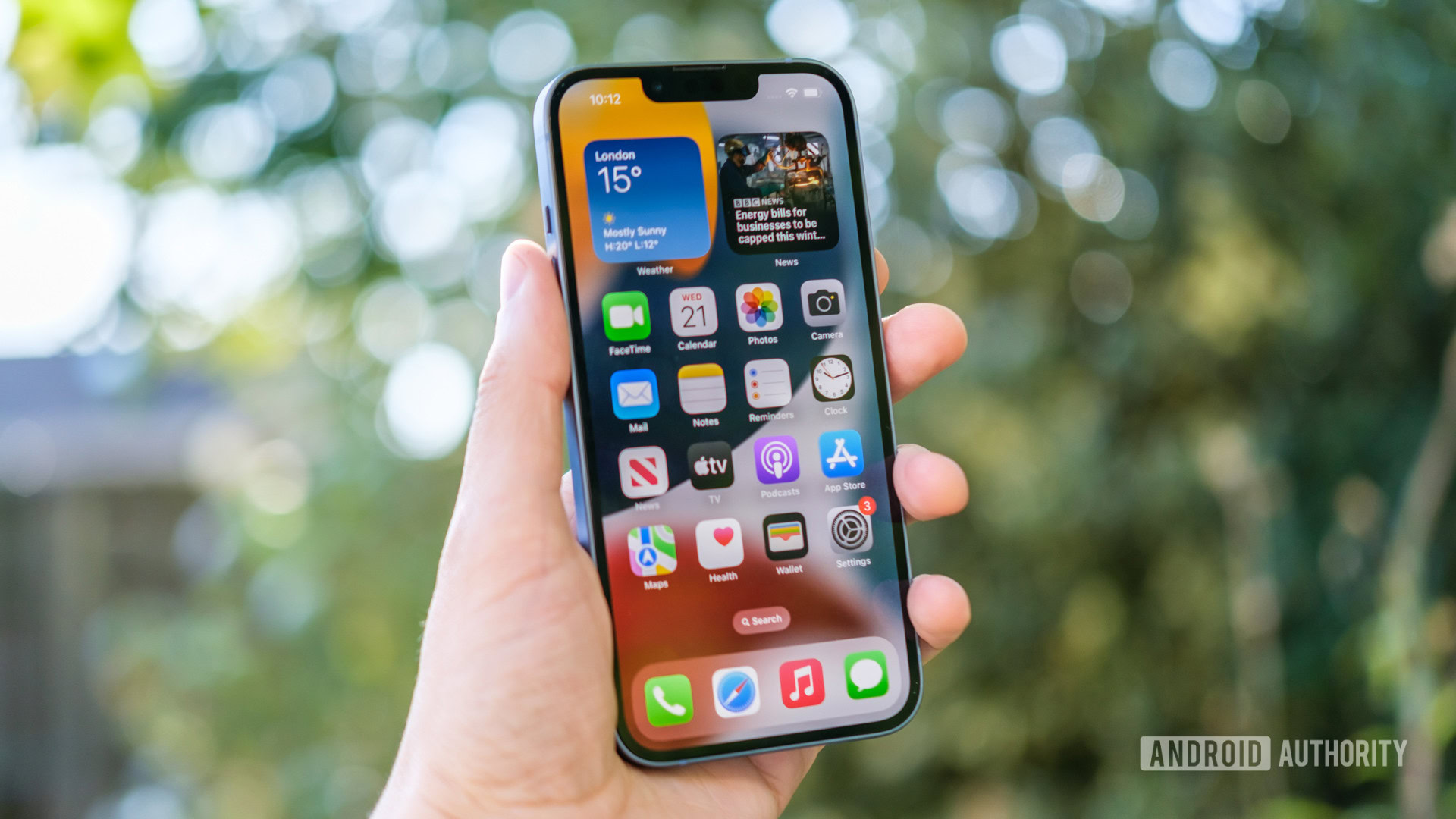
You might have set your iPhone or iPad to stream content on your Apple TV automatically. However, this setting might interfere if you’re trying to send video or audio to other devices like a Mac or HomePod. To turn off this option, go to Settings > General > Airplay and handoff, select Automatically AirPlay to TVs, and choose Never. This will stop your phone or tablet from automatically connecting to a nearby Apple TV in case you want to use the feature with other devices.
Change AirPlay settings on your Mac
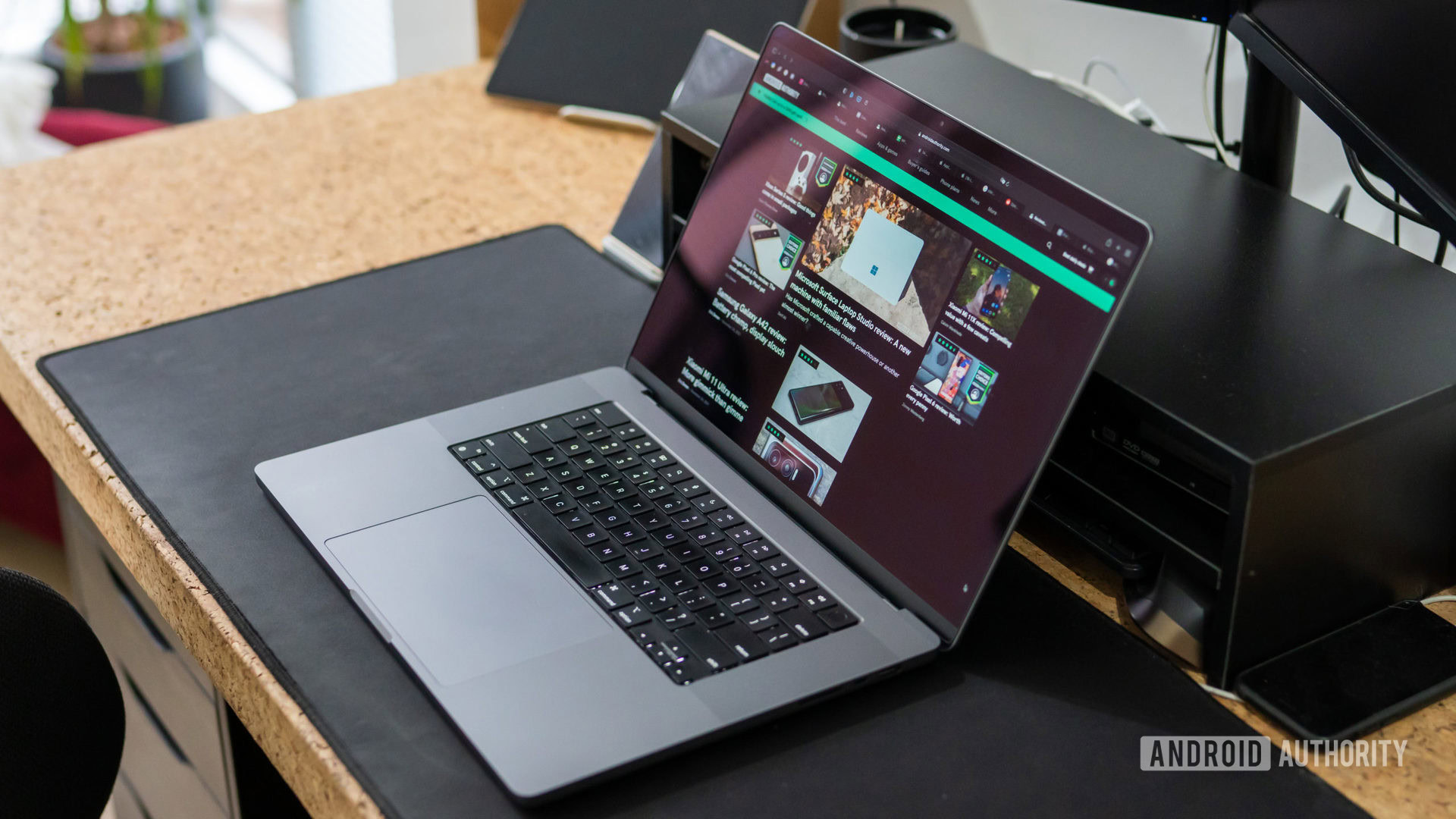
Your Macbook and iMac also work as AirPlay receivers to let you stream content from your iPhone to a larger screen. However, the setting might be disabled or set only to allow devices that you’ve signed in to with the same Apple ID. But you can change the setting to allow others to share content on your Macbook. Go to System preferences > Sharing and tick the box next to AirPlay receiver to enable AirPlay. To allow other users, uncheck Require password and change the Allow AirPlay for option to Anyone on the same network or Everyone.
You might also have to make some changes to macOS’ firewall settings if AirPlay isn’t working. Go to System preferences > Security and privacy > Firewall (tab). Uncheck Block all incoming connections and enable both Automatically allow built-in software to receive to receive incoming connections and Automatically allow downloaded signed software to receive incoming connections. Click Ok to confirm your updated settings.
Finally, you can make it easier for your Macbook to find nearby Apple TVs and other AirPlay devices to stream to. Go to System preference > Dock and menu bar, select Screen mirroring , and check Show in menu bar and Everyone. You can now quickly mirror your screen or AirPlay content with a click from the menu bar.
Restart your Apple devices
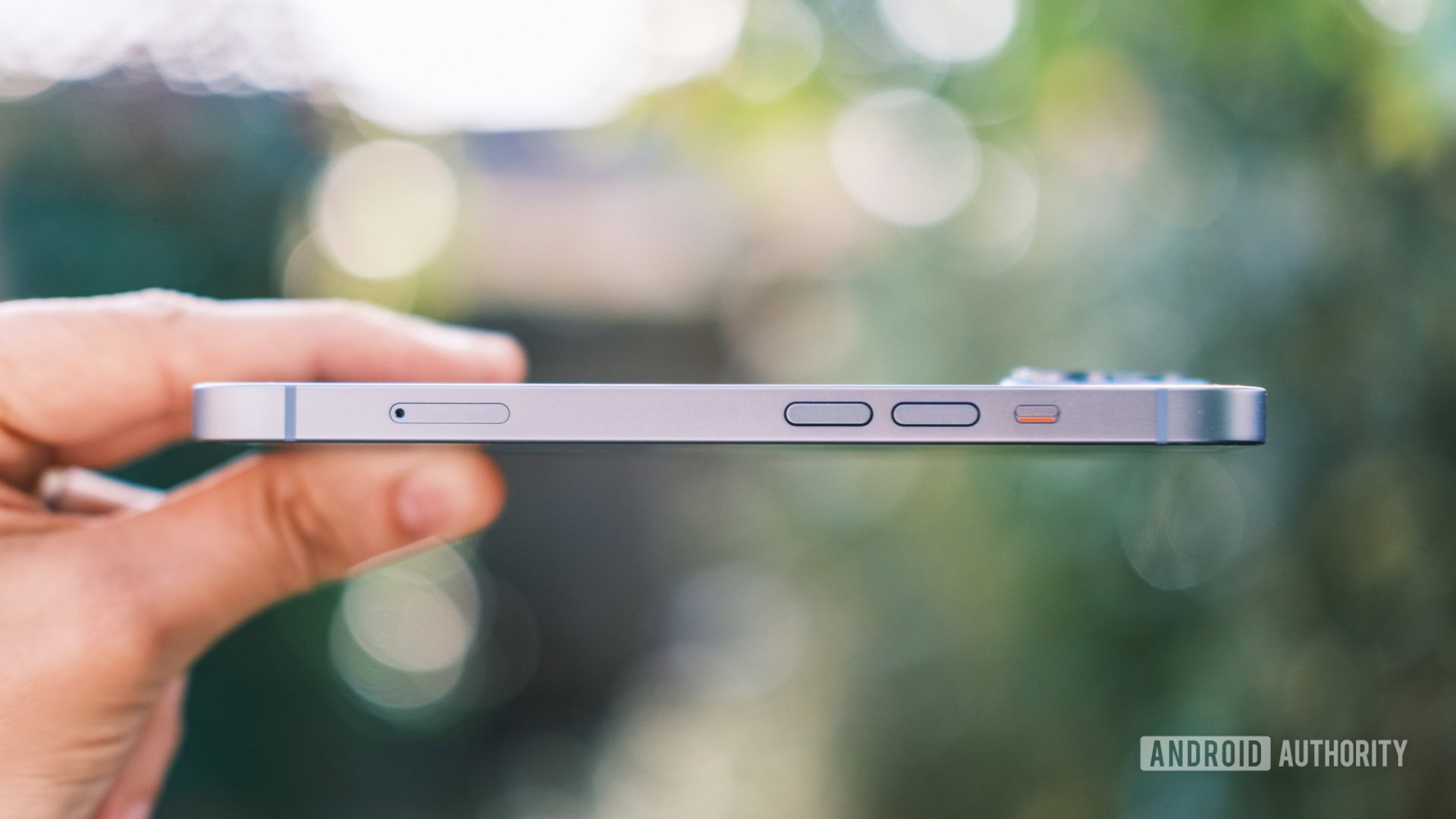
Sometimes, the simplest troubleshooting step might work. Try to restart all your devices if AirPlay is not working. To restart your iPhone or iPad, press and hold one of the two volume and side buttons simultaneously until the power-off slider shows on the screen. Drag the slider and wait for your phone to shut down and reboot. You can also go to Settings > General > Shut down.
You will have to perform a force restart if your iPhone or iPad is frozen and not responding. Press and release the volume up button, press and release the volume down button, and press then press and hold the side button. Release the side button only after the Apple logo appears on the screen.
To restart your Apple TV, go to Settings > System > Restart. And on a Mac, click the Apple menu and select Restart.
Update your Apple devices
Software bugs and glitches might cause AirPlay to stop working, so don’t forget to update your Apple devices. Go to Settings > General > Software update on your iPhone or iPad to check whether you have the latest software version. You can also enable Automatic updates to ensure that the device automatically downloads and installs them. Tap Download and install if a software update is available.
You can update your Apple TV by going to Settings > System > Software update. Select Download and install if there is an update available. On a Mac, go to System preferences > Software update. If you have connected devices like HomePods, you can use the Home app on your phone, tablet, or computer. Open the Home app, tap the Home icon at the top left corner, and go to Home settings > Software update.
See also: How to use AirPlay on a Samsung TV